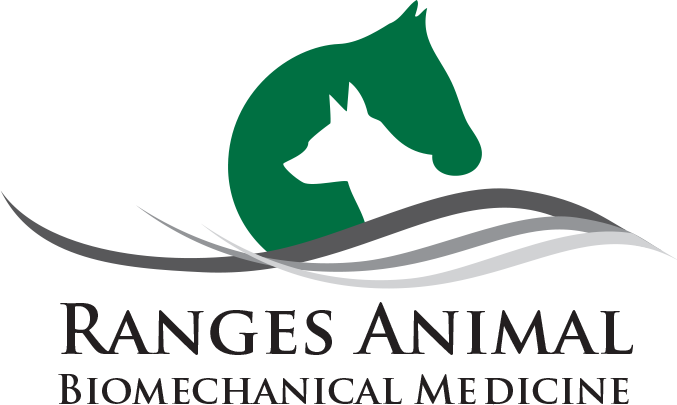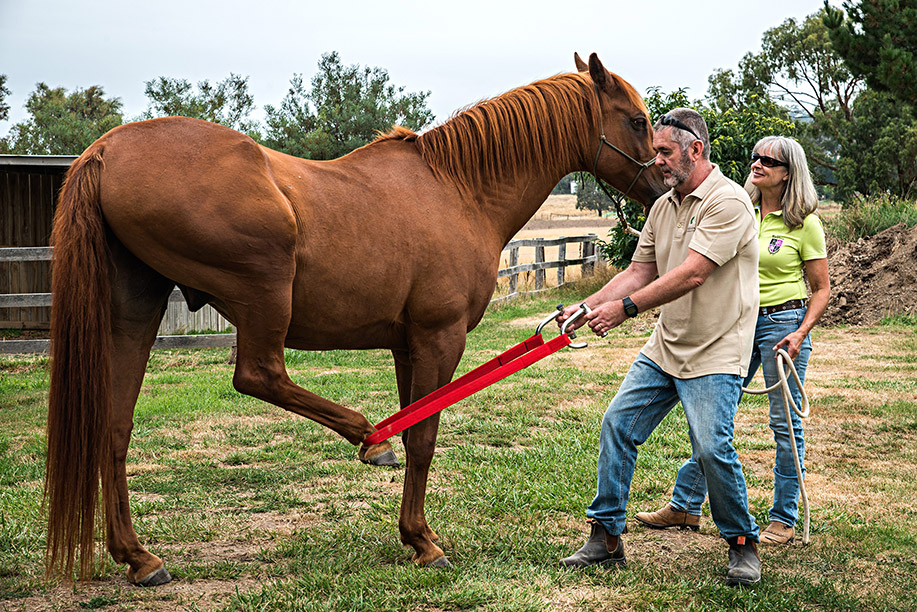Improving your understanding of the inbuilt instinct for survival in the horse – how it is triggered and what it looks like – will improve your training methods, reduce the instances of injury to both, you and other people around the fearful horse and the horse himself.
A question of survival
Horses evolved from small mammals whose survival depended on their ability to flee from predators. They are prey animals that must be constantly aware of potential dangers which have developed excellent abilities to recognise a perceived threat that can trigger the flight or fight reaction, and horses have a fast fear response.
The horse’s anatomical and athletic physique allows the advantage of flight and speed when potentiating a perceived danger.
The emotion of fear is an important trigger of self-defence and studies indicate that the fear response can be extremely diverse in quality and intensity.
This evolutionary developed reaction will result in either freezing, avoidance, aggression or fleeing from the perceived threatening stimulus (the freeze, fight or flight response).
These are natural ‘built-in’ unconditioned fears such as shying at the sound of a rustle in a bush, loud noises and flashes of light. This innate evolutionary developed response mechanism is genetically programmed for survival and is still present in domesticated horses.
Once the flight response is engaged, the escape path of a horse can offer unpredictable responses!
Horses commonly accelerate to full gallop within one or two strides and run without regard for their own safety and not notice or process how to navigate obstacles such as fences leading to both human and equine injuries.
Movement can occur by a conscious decision, for example moving to another paddock because the horse has realised that the gate to the next paddock has been opened.
This is a conscious decision because the special senses have sent messages calmly relayed to the prefrontal cortex (the reasoning portion of the brain). The horse may have visualised the opening of the gate or heard the sound of the gate fastener opening and maybe it is the time of day when he expects to venture to the feed area etc.
Movement may also occur when a horse is startled and believes he may be in danger. In this case, the relaxed horse catches scent, hears and sees a perceived predator such as a stray dog.
These thoughts, sensations and emotions use a much faster neurological pathway to alert the horse to move out of the way quickly without first analysing the extent of the danger.
This process explains why horses’ reactions and behaviours to what we might see as trivial objects, such as a tree stump, wheelie bin or benign sound, trigger a panic state in your horse.
The fear response arises out of the emotional system which impacts directly on the motor system.
The limbic system
The limbic motor system translates thought, sensation and emotion into movement.
In research, the ‘limbic motor system’ refers to the limbic system impacting on the motor system – that is, when the body translates thought, sensation and emotion into movement.
Fear is a neurophysiological reaction to a perceived threat. The horse’s survival relies on his own ability to sense and flee from a predator in a fraction of a second as a way to gain some advantage over the planned attack from that predator.
The limbic system is the part of the brain involved in emotional and behavioural responses, especially when it comes to behaviours for survival, feeding, caring for young, and fight and flight responses.
The limbic system is made up of several structures including the amygdala, thalamus, hippocampus, hypothalamus and cingulate cortex. (See Image A when you download the pdf version of this article).
Meet the amygdala
The amygdala is the emotion centre of the brain, while the hippocampus plays an essential role in the formation of new memories about past experiences. The emotional area coupled with the recall of an incident can lead to a jumpy horse.
The amygdala is associated with emotional processing and is the fear generation centre in an animal’s emotions.
Although the prefrontal cortex (the planning and rational decision-making portion of the brain) is smaller in the horse than a human, the amygdala (the emotional and fear centre within the brain) is proportionally larger when anatomically compared with other brain structures and other species.
This would also seem an evolutionary anatomical variant to suit survival in the horse. Table 1 on the opposite page refers to a study by Takeuchi et al. (2007) that compared the size of the amygdala between horse, cow and pig.
The amygdala has two pathways that link to the portion of the brain called the nucleus accumbens that is part of the basal ganglia that is involved in instigating movement.
The pathway from the amygdala is a fraction of a second faster than the route through the prefrontal cortex that first decides about the course of action.
The special senses including vision, auditory, olfaction and the sense of touch all have a short cut and faster neural pathway which by passes the prefrontal cortex and is “hard wired” to the emotional system that is also “hard wired” to the muscles that move the limbs.
It would be feasible to assume that because these special senses are fast and hard-wired to the emotional system and transmitted to the leg muscles, the horse could spook when aroused by unknown scary stimulus coming from the rider.
This may be in the form of somato-sensory input (sense of touch) as the rider tenses and applies pressure to the horse (which can be interpreted as potential danger), or when the rider focuses on an object that has presented problems in the past, such as a fenceline where dogs have previously ran-to barking aggressively and spooking the horse and rider.
What you need to know…
- The shorter fear response route is faster to react than the longer, rational thinking route.
- Horses are a large flight animal with an anatomically large amygdala that has shortcut circuits from the special senses that alert the emotional system of any imminent or perceived threat of an attack by a predator.
- The limbic system can engage the motor system before the prefrontal cortex has evaluated the threat.
Many studies have been carried out on the amygdala and its role in the limbic system of emotions but little has been carried out on the horse amygdala and its connection to the motor system.
Improving our understanding of the neuroanatomical and neurophysiological differences in the amygdala between species and their impact on the limbic motor system would help provide safer handling of horses in all situations.\
Click here to read the article first published on Horses and People Nov 2018

